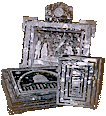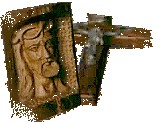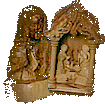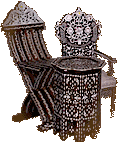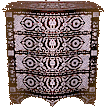Amazing
& Historical
Sites
| Salt |
|
|
| Amman |
|
|
| Wadi Rum |
| River Jordan |
| Desert Castles |
| Mount Nebo |
| Decapolis |
| Um Qais |
|
|
| Jerash |
| Kerak |
|
|
| Jordan's Map |
| Jordan's Flag |
| More Info. |
Petra
The spectacular rose red city
Your Ultimate destination is the astonishing rose red city of Petra. Once the stronghold of the gifted Nabateans, an early Arab people, Petra was renowned for its massive architecture and the ingenuity of its pools, dam, and water channels. Today, thread your way through a narrow gorge until you come upon colossal ruins cut into the rock magnificent, silent, and unchanged.
The most famous attraction in Jordan is the Nabatean city of Petra, some 262 kilometers or 160 miles south of Amman. The Victorian traveler and poet, Dean Burgeon, gave Petra a description which holds to this day "Match me such a marvel save in Eastern clime, a rose red city half as old as time."
More than 2,000 years ago Petra was used as a temporary refuge by nomadic Nabatean Arabs, Bedouins who came north out of Arabia. From a few caves in a rocky outcrop, easy to defend, the nabateans created Petra as a fortress city.
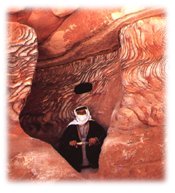
Petra still forms part of the domain of the Bedouin. The visitor finds them with their horses and camels for the unforgettable trip into the rose red city.
To reach the city the visitor travels on foot, on horse-back, or by horse drawn carriage through the awesome "Siq", an immense crack in the Nubian sandstone. It is a winding, one kilometer long fissure between overhanging cliffs that seem to meet more than 300 feet overhead.
Near the end of the passage, the Siq, with great style, makes one last turn and out of the gloom in the towering brightness appears Petra's most impressive monument el Khazneh - The Treasury. This, one of the most elegant remains of antiquity, carved out of the solid rock from the mountain, is nearly 140 feet high and 90 feet wide.
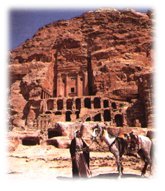
Beyond el Khazneh the visitor surrounded on both sides by hundreds of Petra's curved and built structures, soaring temples, elaborate royal tombs, a curved Roman theater (seating 3,000), large and small houses, burial chambers, banquet halls, water channels and reservoirs, bathes, monumental staircases, cultic installations, markets, arched gates public buildings and paved streets.
But Petra is not only about the Nabateans. within a fifteen minuet drive of Petra the visitor can walk through 8,000 year old excavated Stone Age village sat Beidha and Basta, wander among the ruins of settlements of the biblical Edomites, or explore the sprawling remains of the Roman legionary fortress at Udruh.
Click on these Pictures
|
|
|
For US$ 70.00 Only |




